The Bhagavad Gita, often referred to simply as the Gita, is a 700-verse Hindu scripture that is part of the Indian epic Mahabharata. It is a dialogue between Prince Arjuna and Lord Krishna, who serves as his charioteer. This sacred text is not merely a religious scripture; it is a philosophical treatise that addresses the moral and ethical dilemmas faced by individuals in their lives.
The Gita is set on the battlefield of Kurukshetra, where Arjuna is torn between his duty as a warrior and his moral qualms about fighting against his own relatives and teachers. This profound narrative encapsulates the essence of human experience, grappling with questions of duty, righteousness, and the nature of existence.
It delves into various paths of yoga, including Karma Yoga (the path of action), Bhakti Yoga (the path of devotion), and Jnana Yoga (the path of knowledge). Each of these paths provides a unique approach to achieving spiritual growth and self-realization. The Gita’s philosophical depth and practical wisdom have made it a cornerstone of Hindu philosophy and a source of inspiration for countless individuals across the globe, including thinkers, leaders, and spiritual seekers.
Key Takeaways
- The Bhagavad Gita is a sacred Hindu scripture that offers guidance on how to live a fulfilling and purposeful life.
- Dharma, the concept of duty and righteousness, is central to the teachings of the Bhagavad Gita and emphasizes the importance of fulfilling one’s responsibilities.
- Self-realization is the key to finding inner peace, as it allows individuals to understand their true nature and purpose in life.
- The Bhagavad Gita teaches the importance of overcoming challenges and obstacles through inner strength and resilience.
- Devotion and surrender to a higher power are emphasized as essential for achieving spiritual enlightenment and inner peace.
Understanding the concept of Dharma
Dharma is a central theme in the Bhagavad Gita, representing the moral law combined with spiritual discipline that guides an individual’s life. It encompasses duties, rights, laws, conduct, virtues, and “the right way of living.” In the context of the Gita, Arjuna’s struggle is fundamentally about understanding his dharma as a Kshatriya (warrior class) and how it conflicts with his personal feelings. Lord Krishna elucidates that fulfilling one’s dharma is essential for maintaining cosmic order and personal integrity.
The Gita emphasizes that dharma is not a rigid set of rules but rather a dynamic principle that must be interpreted in light of circumstances. Krishna’s teachings highlight that dharma can vary based on one’s age, caste, gender, and situation. For instance, what may be considered righteous for a warrior may not hold true for a merchant or a scholar.
This nuanced understanding encourages individuals to reflect on their unique circumstances and responsibilities. The Gita teaches that adhering to one’s dharma leads to harmony within oneself and with the universe. It also warns against the perils of abandoning one’s duty out of fear or confusion, as this can lead to chaos both personally and socially.
Finding inner peace through self-realization

Self-realization is a pivotal concept in the Bhagavad Gita, representing the understanding of one’s true nature beyond the physical body and ego. The text posits that individuals are not merely their thoughts or actions but are part of a greater cosmic reality. This realization can lead to profound inner peace, as it allows one to detach from the transient nature of life and its accompanying struggles.
Krishna encourages Arjuna to recognize his eternal self (Atman) and understand that death is merely a transition rather than an end. The journey toward self-realization involves introspection and meditation, practices that help individuals connect with their inner selves. The Gita advocates for a disciplined mind and body as essential tools for achieving this state of awareness.
By cultivating detachment from material possessions and desires, one can attain a sense of tranquility that is unaffected by external circumstances. This inner peace is not just an escape from life’s challenges; it is a state of being that empowers individuals to face difficulties with equanimity and clarity.
Overcoming challenges and obstacles
Life is replete with challenges and obstacles that can often seem insurmountable. The Bhagavad Gita addresses this reality head-on through Arjuna’s initial reluctance to engage in battle. His internal conflict serves as a metaphor for the struggles we all face when confronted with difficult choices or moral dilemmas.
Krishna’s guidance emphasizes that challenges are an integral part of life and should be approached with courage and determination. Rather than shying away from difficulties, individuals are encouraged to confront them head-on, armed with the knowledge of their dharma. Krishna teaches that one must act without attachment to the results of their actions—a principle known as Nishkama Karma.
This approach allows individuals to focus on their duties without being paralyzed by fear of failure or desire for success. By adopting this mindset, one can navigate through life’s challenges with resilience.
The importance of devotion and surrender
Devotion (Bhakti) plays a crucial role in the teachings of the Bhagavad Gita. Krishna emphasizes that surrendering to a higher power can lead to liberation from the burdens of life. This act of surrender does not imply weakness; rather, it signifies trust in divine wisdom and guidance.
Through devotion, individuals cultivate a deep connection with the divine, which fosters love, compassion, and humility. The Gita illustrates that true devotion transcends rituals; it is about cultivating an unwavering faith in God while performing one’s duties. The relationship between Arjuna and Krishna exemplifies this principle beautifully.
As Arjuna grapples with his doubts and fears, he ultimately surrenders to Krishna’s wisdom, recognizing him as the ultimate source of guidance. This surrender allows Arjuna to rise above his internal conflicts and fulfill his dharma as a warrior. The Gita teaches that through devotion and surrender, individuals can find strength in vulnerability, transforming their lives into expressions of love and service.
The path to spiritual enlightenment

The Bhagavad Gita outlines various paths to spiritual enlightenment, each catering to different temperaments and inclinations. While Karma Yoga emphasizes selfless action as a means to attain liberation, Jnana Yoga focuses on knowledge and wisdom as pathways to understanding the self and the universe. Bhakti Yoga highlights devotion as a powerful means to connect with the divine.
These diverse approaches illustrate that there is no singular path to enlightenment; rather, individuals can choose the route that resonates most deeply with them. Krishna encourages Arjuna to embrace these paths in harmony rather than viewing them as mutually exclusive. This holistic approach allows for a more comprehensive understanding of spirituality, where action, knowledge, and devotion coexist.
The Gita asserts that spiritual enlightenment is not an endpoint but an ongoing journey characterized by continuous growth and self-discovery. By integrating these paths into daily life, individuals can cultivate a deeper awareness of themselves and their connection to the universe.
Applying the teachings of the Bhagavad Gita in daily life
The teachings of the Bhagavad Gita are not confined to philosophical discourse; they offer practical guidance for everyday living. One key principle is the practice of mindfulness in action—being fully present in each moment while performing one’s duties without attachment to outcomes. This approach fosters clarity and focus, allowing individuals to engage more meaningfully with their tasks while reducing stress and anxiety.
Moreover, the Gita encourages individuals to cultivate virtues such as compassion, humility, and integrity in their interactions with others. By embodying these qualities, one contributes positively to society while also nurturing personal growth. The teachings also advocate for balance—between work and rest, ambition and contentment—reminding us that true fulfillment comes from aligning our actions with our values and purpose.
Living a life of purpose and inner peace
Living in accordance with the teachings of the Bhagavad Gita leads to a life imbued with purpose and inner peace. By understanding one’s dharma, embracing self-realization, overcoming challenges with resilience, practicing devotion, and integrating spiritual principles into daily life, individuals can navigate their journeys with grace and clarity. The Gita serves as a timeless guide for those seeking meaning in their lives amidst the chaos of modern existence.
Ultimately, the Bhagavad Gita invites us to explore our inner landscapes while engaging authentically with the world around us. It encourages us to recognize our interconnectedness with all beings and inspires us to live lives rooted in love, service, and spiritual awareness. Through its profound teachings, we are reminded that true peace arises not from external circumstances but from within—a realization that empowers us to live purposefully in every moment.
If you are interested in exploring the message of the Bhagavad Gita further, you may find the article “Life Lessons from the Gita: Ancient Wisdom for Today” to be insightful. This article delves into the timeless teachings of the Gita and how they can be applied to our modern lives. You can read more about it here.
FAQs
What is the Bhagavad Gita?
The Bhagavad Gita is a 700-verse Hindu scripture that is part of the Indian epic Mahabharata. It is a sacred text of the Hindu religion and is considered one of the most important spiritual classics.
What is the message of the Bhagavad Gita?
The Bhagavad Gita addresses the moral and philosophical dilemmas faced by the prince Arjuna on the battlefield. The main message of the Bhagavad Gita is to fulfill one’s duty (dharma) without attachment to the results, and to strive for self-realization and spiritual growth.
What are the key teachings of the Bhagavad Gita?
Some of the key teachings of the Bhagavad Gita include the concept of dharma (duty), the importance of selfless action, the nature of the self (atman), the idea of detachment from the fruits of one’s actions, and the path to spiritual liberation (moksha).
How is the Bhagavad Gita relevant today?
The teachings of the Bhagavad Gita continue to be relevant today as they provide guidance on how to navigate life’s challenges, make ethical decisions, and achieve inner peace and spiritual growth. The concepts of duty, selflessness, and detachment are particularly applicable in modern society.

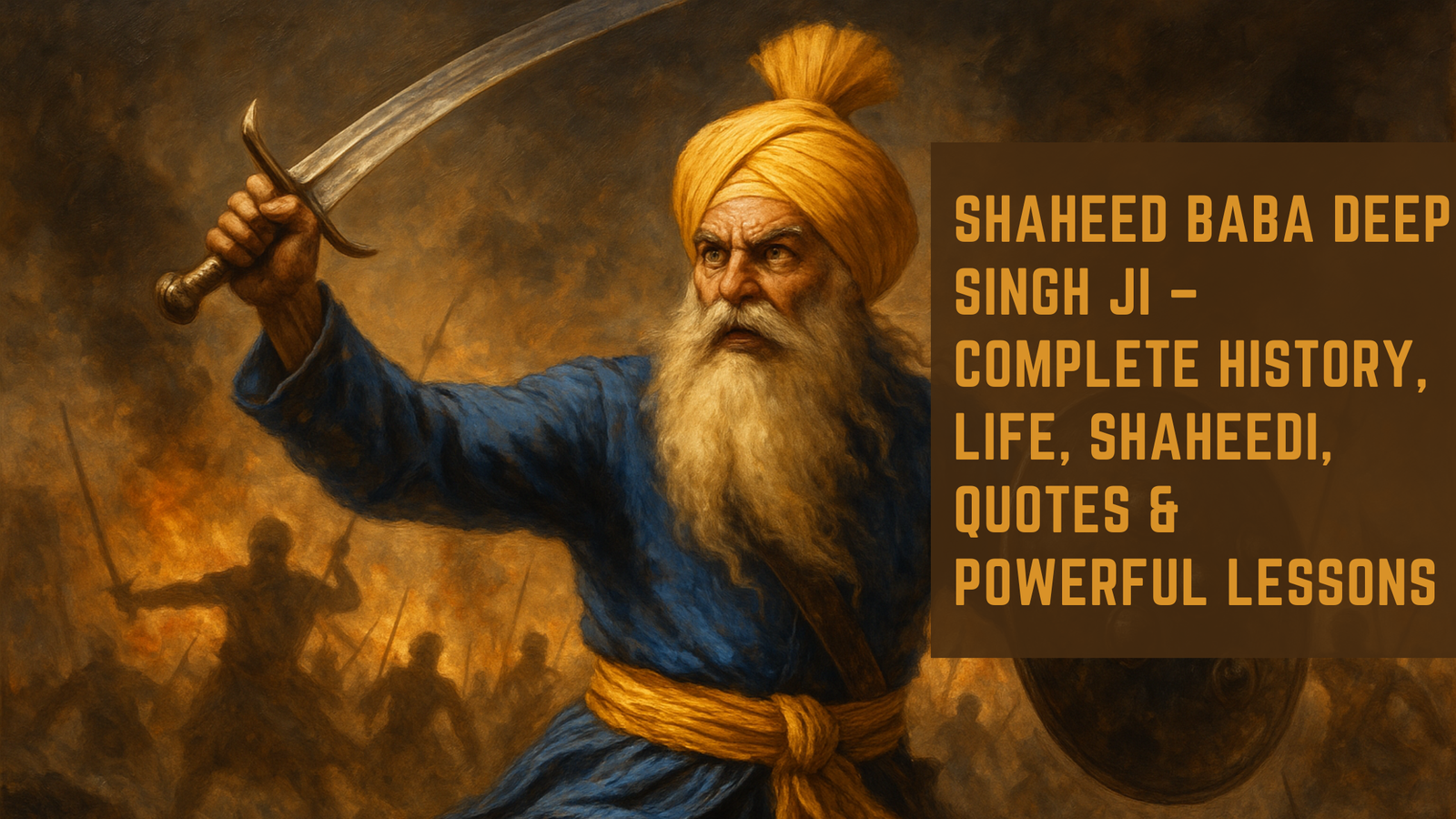
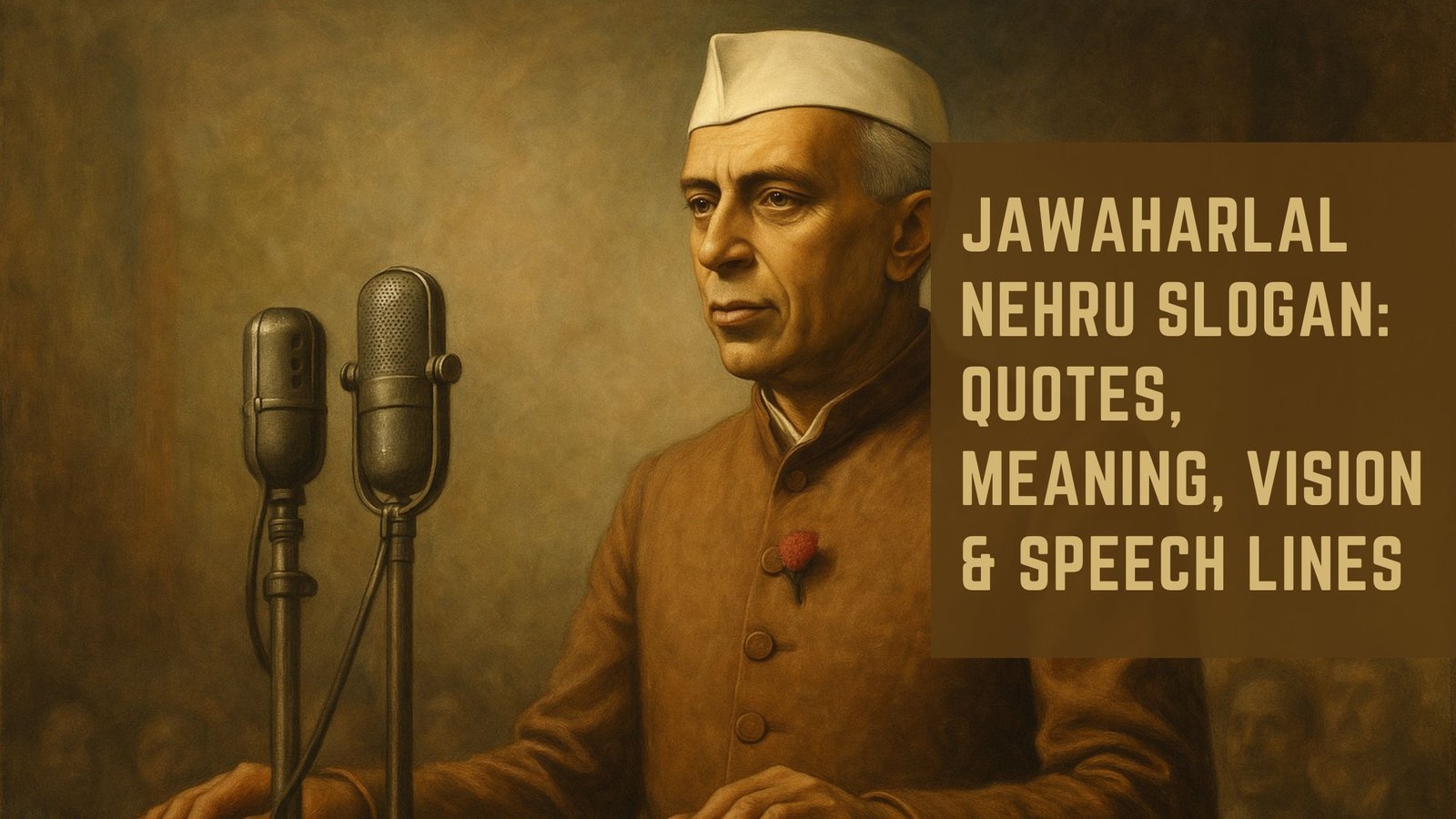


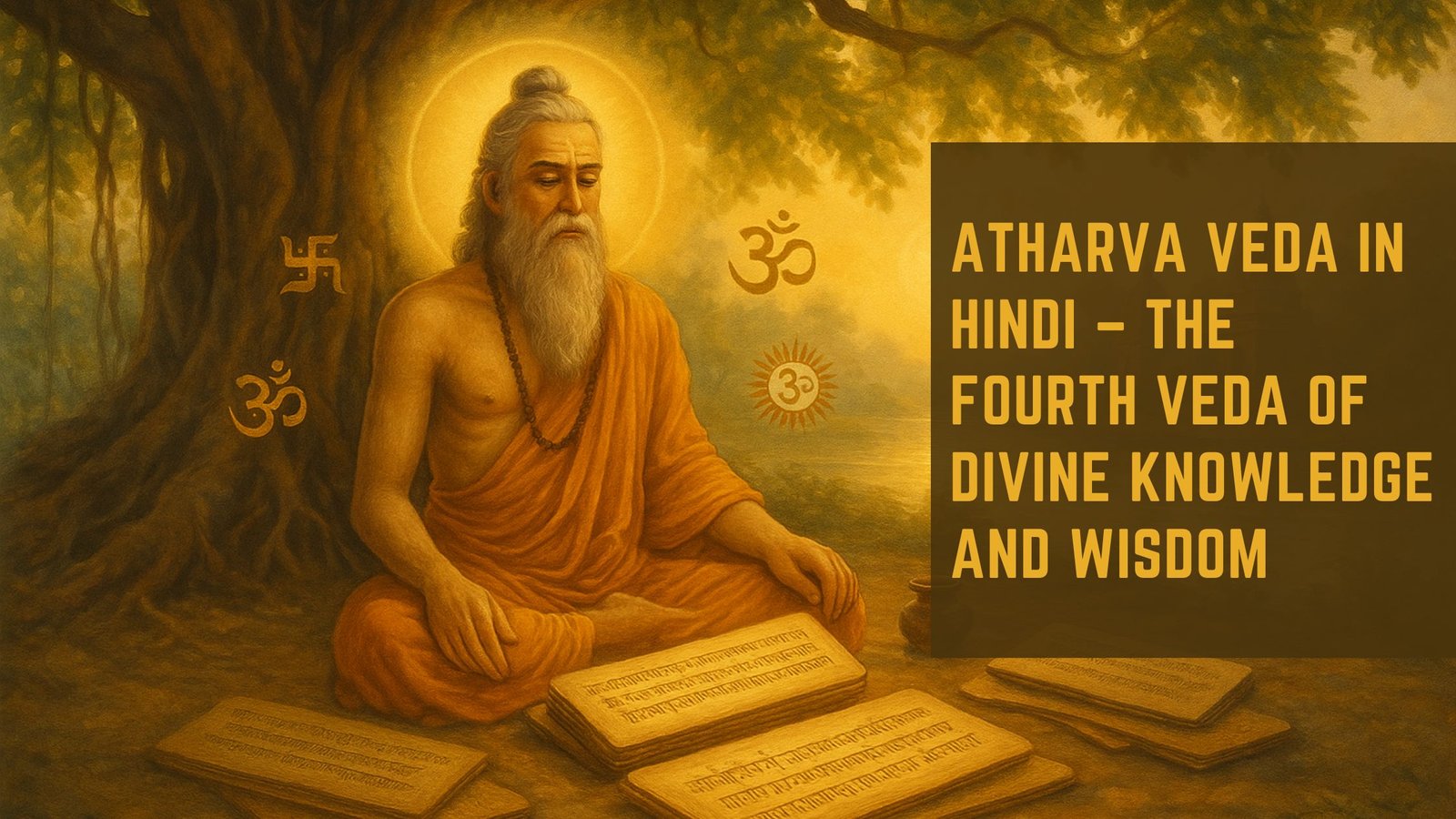

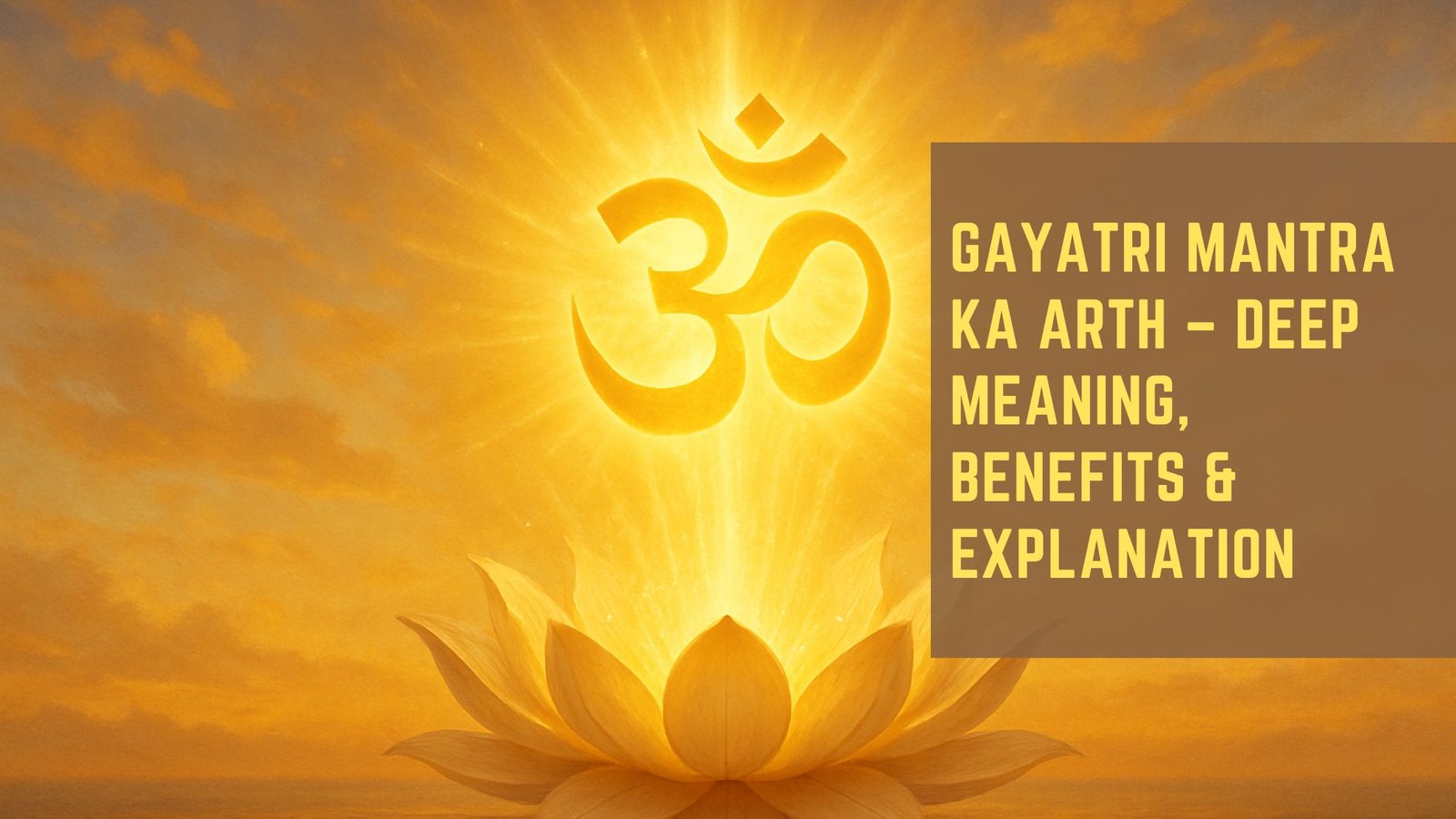
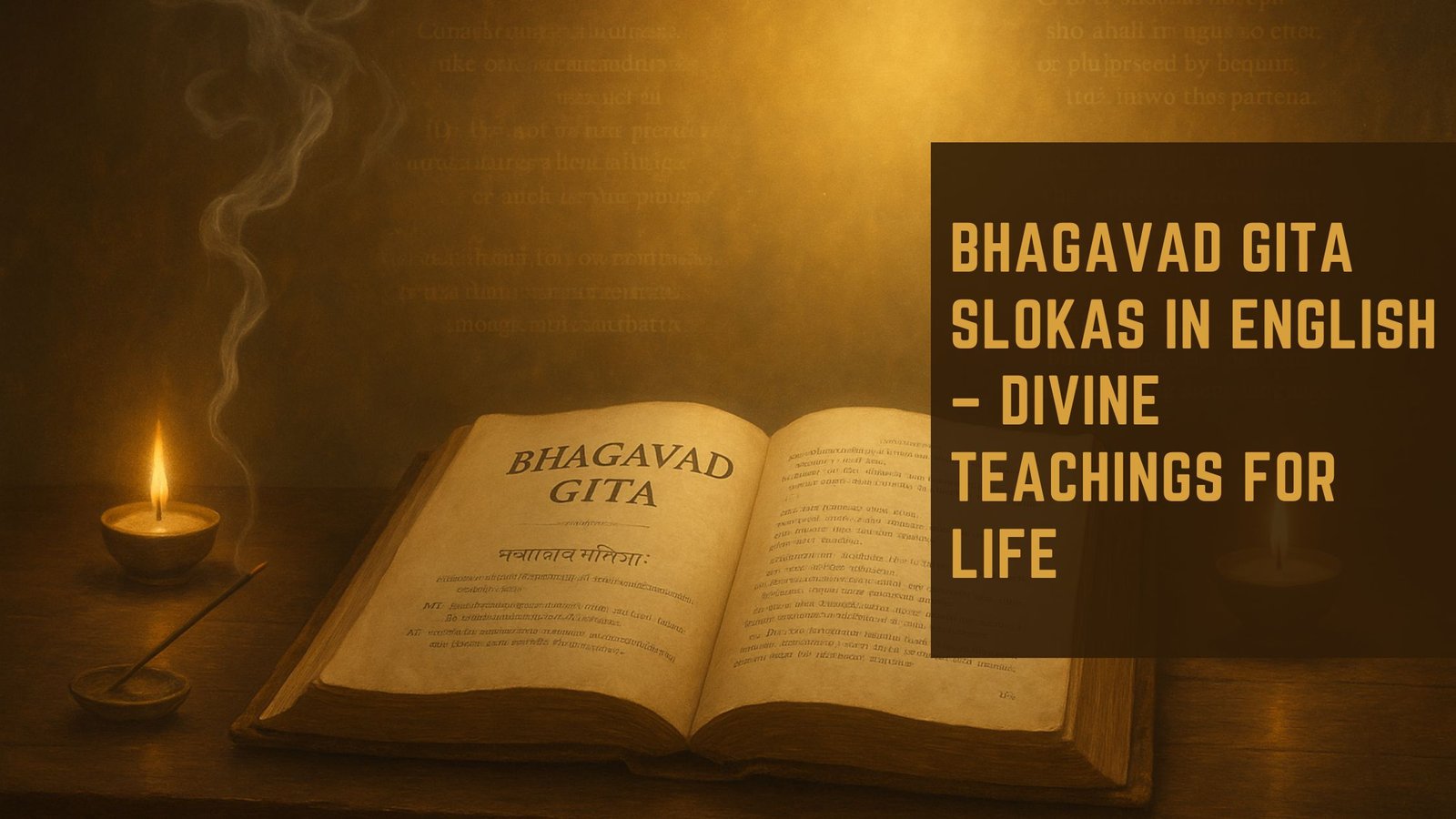


3 thoughts on “The Message of the Bhagavad Gita: Finding Purpose and Inner Peace”